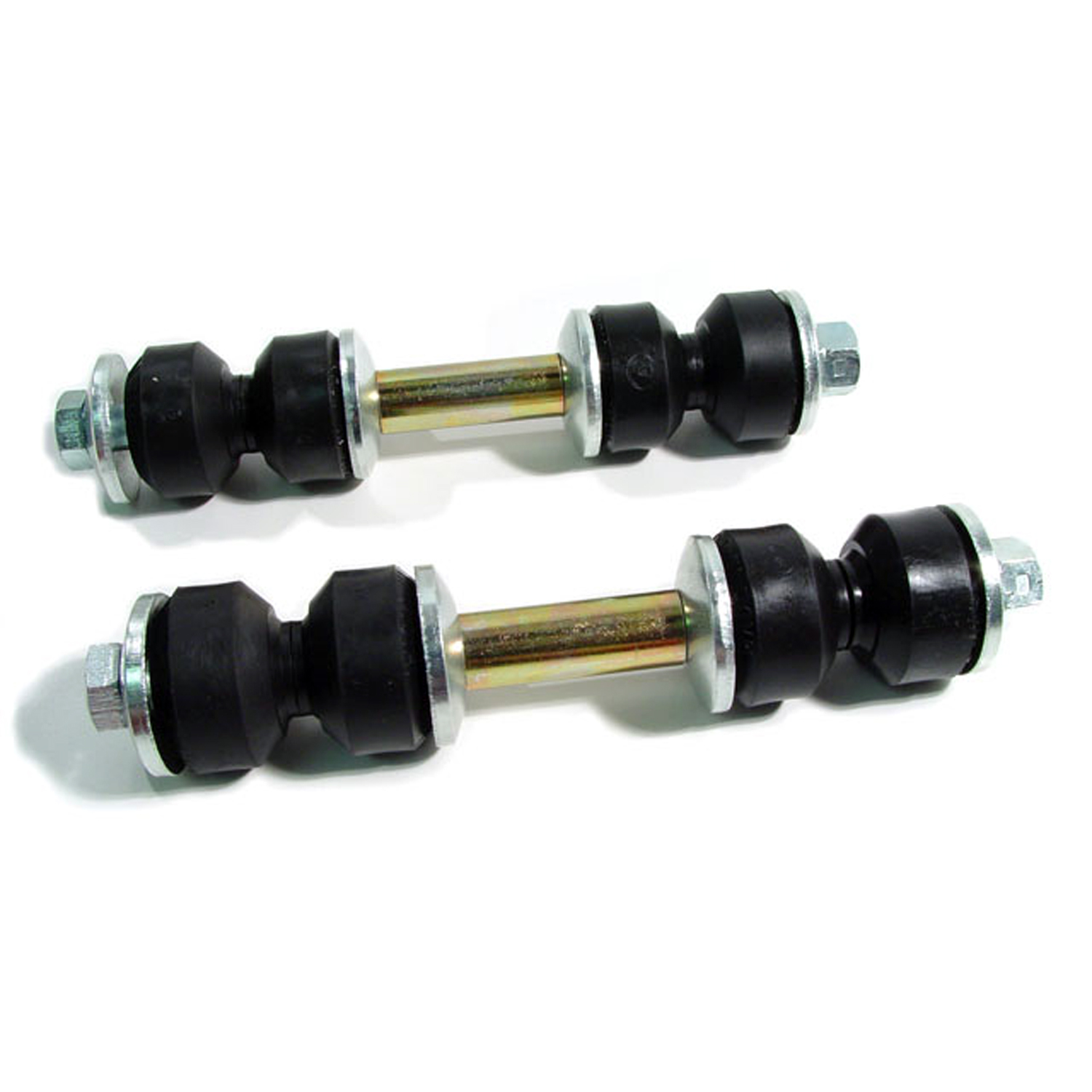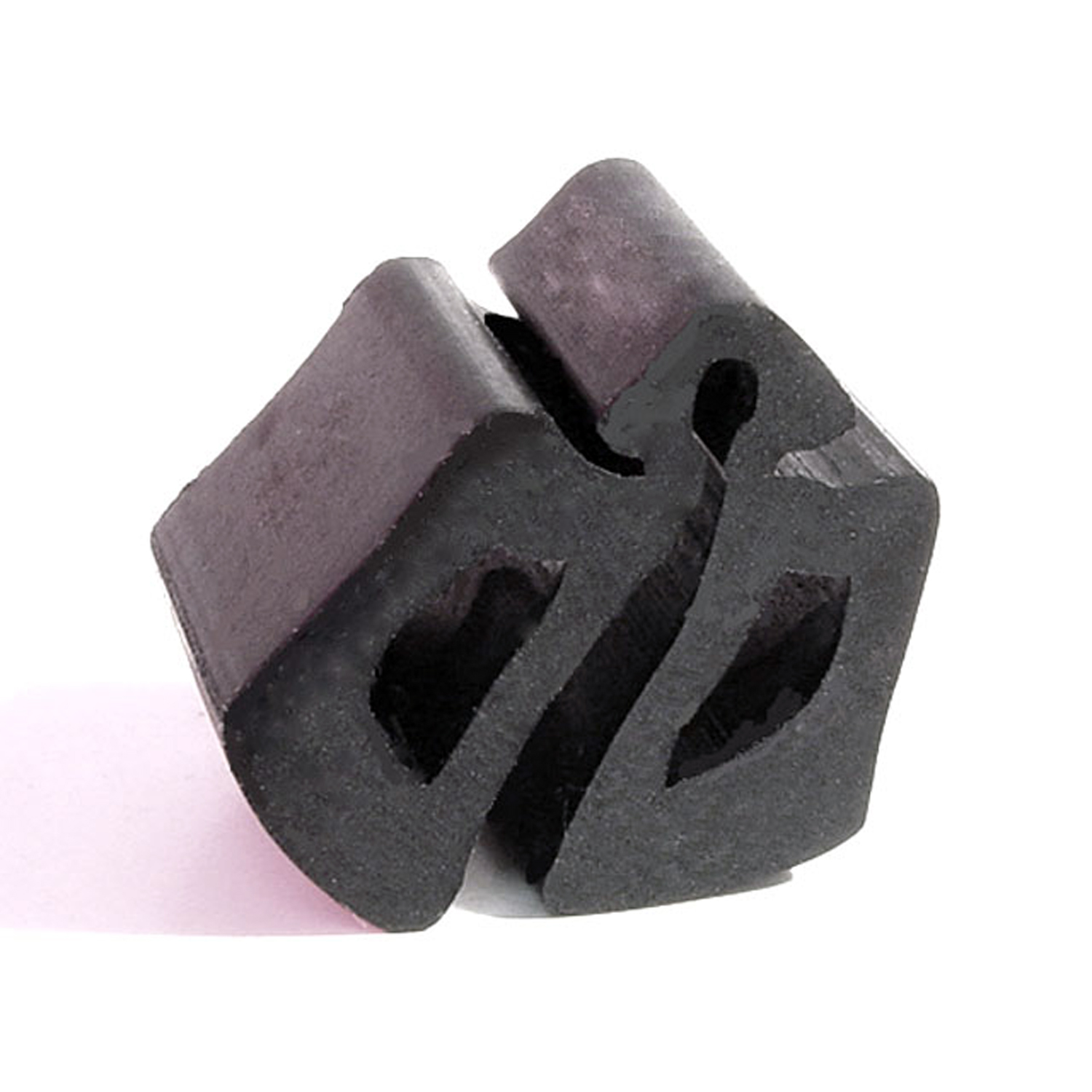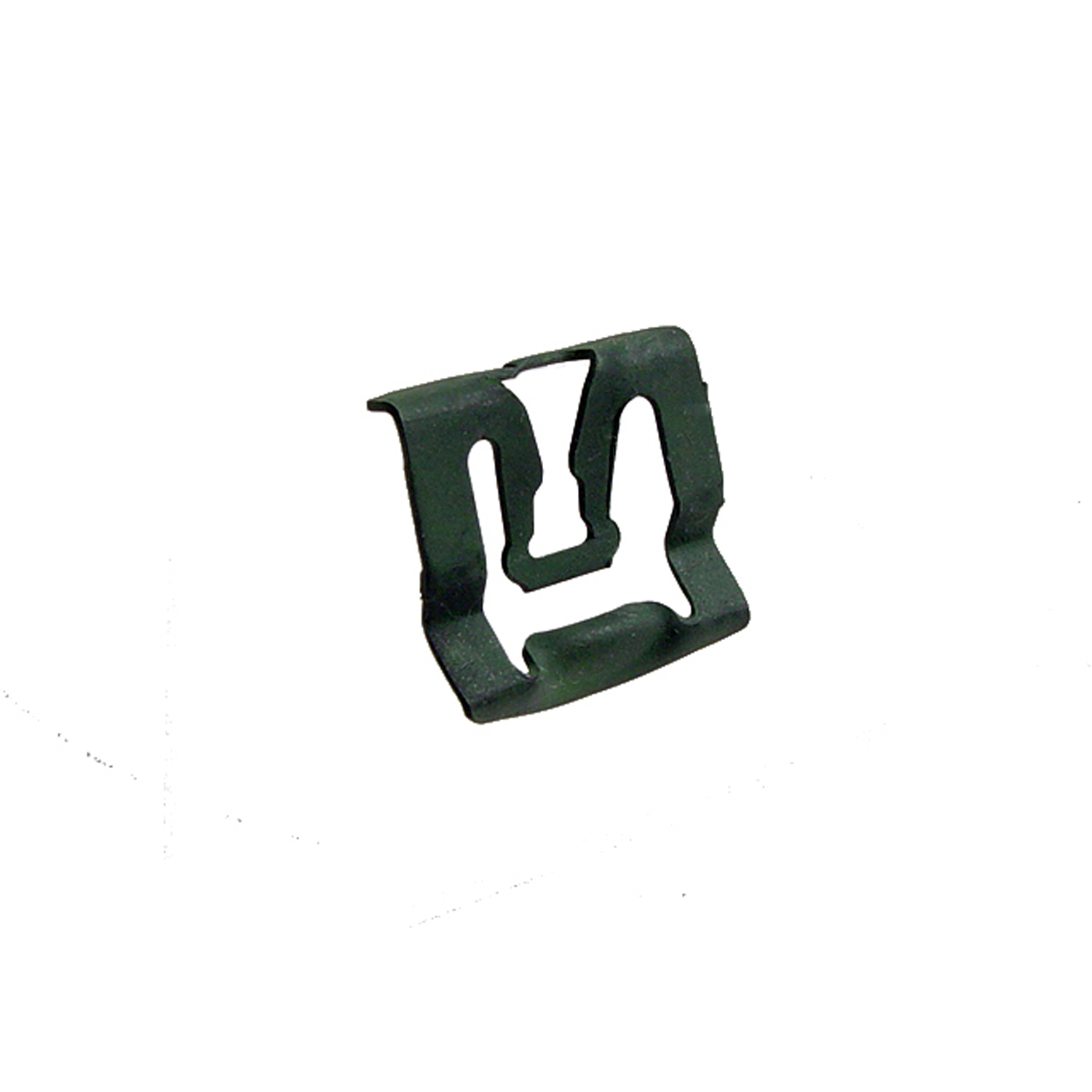Image of 1979 Mercury Monarch, Note: These illustrations use artistic license and may differ from actual historical models.
Performance Metrics
Fundamental Metrics
Emotional Appeal
MMP Rating
| Engine Specifications | |
|---|---|
| Engine: | 200 CID I6, 250 CID I6, 302 CID V8 |
| Displacement: | 200-302 cubic inches |
| Horsepower: | 88-140 hp |
| Torque: | 150-240 lb-ft |
| Compression Ratio: | 8.4:1 - 9.0:1 |
| Ignition System: | Electronic ignition |
| Cooling System: | Liquid-cooled |
| Performance Specifications | |
| 0-60 Time: | Estimated 11-15 seconds |
| 1/4 Mile Time: | Estimated 18-20 seconds |
| Top Speed: | 100-110 mph |
| Transmission and Drive | |
| Drive Type: | Rear-wheel drive |
| Transmission Type: | 3-speed automatic, 4-speed manual |
| Fuel and Efficiency | |
| Fuel System Type: | Carburetor |
| MPG: | Estimated 15-20 mpg |
| Dimensions and Brakes | |
| Brakes: | Front disc, rear drum |
| Wheelbase: | 109.9 inches |
| Weight: | 3,200-3,500 lbs |
Note: Specifications for classic cars are given to the best of our ability, considering the limited and variant data available.
1979 Mercury Monarch: A Forgotten Gem of the Late 70s
The 1979 Mercury Monarch is a vehicle that encapsulates the transition from the flamboyant muscle cars of the '60s to the more subdued and practical designs of the late '70s. Born from the stables of Ford's Mercury division, this car was crafted to offer a touch of luxury to the mid-size sedan market. Amidst an era where fuel economy began to take precedence due to the oil crisis, the Monarch emerged as a stylish yet sensible choice for American consumers.
What makes the Monarch particularly intriguing is its role as a precursor to the downsizing trend that would become prevalent in the 1980s. It was a car that balanced traditional American car aesthetics with a nod towards efficiency and practicality, setting the stage for future automotive design philosophies.
Design and Innovation: The Monarch's Royal Aesthetics
The exterior of the 1979 Mercury Monarch boasted clean lines and an upright grille, reminiscent of European design language, which was gaining popularity in America at the time. The car's long hood and short deck proportions gave it a classic rear-wheel-drive silhouette that appealed to traditionalists while still moving towards a modern look.
Inside, passengers were treated to an environment that prioritized comfort and luxury over outright sportiness. Plush seating surfaces, available in various materials including vinyl and cloth, and woodgrain accents on some models, conveyed an upscale ambiance. Technological features such as optional power windows and an AM/FM stereo radio were considered premium touches for its class.
Color options ranged from conservative hues like Dove Gray to more vibrant choices such as Dark Jade Metallic. The most popular body style was undoubtedly the four-door sedan, which offered both practicality and style. However, for those seeking something different, there were also two-door models and even a Ghia trim level with additional luxury appointments.
Historical Significance: The Monarch's Legacy
While not revolutionary in terms of automotive technology, the Mercury Monarch's significance lies in its reflection of changing consumer tastes. It was one of the vehicles that helped bridge the gap between opulence and economy—a move that would become critical in later years as manufacturers grappled with increasing environmental regulations and consumer demand for efficiency.
Performance and Handling: A Balanced Ride
Performance-wise, the 1979 Mercury Monarch wasn't a powerhouse by any means. With engine options ranging from an economical inline-six to a more potent V8, its performance was adequate for daily driving. The top speed and acceleration figures were modest; however, it wasn't designed to be a performance car. Handling was respectable for its class, with a comfortable ride quality that absorbed road imperfections well while remaining composed on windy roads.
Driving a Monarch was about enjoying a serene experience rather than chasing thrills. The engine's hum was muted, allowing for quiet cruising—a feature appreciated by those who used it primarily as a commuter or family car.
Ownership Experience: Living with a Monarch
The 1979 Mercury Monarch found its niche as a daily driver but also had appeal as an understated classic at local car shows. Its reliability was typical of American cars of the era; simple mechanicals made it relatively easy to maintain and repair. However, like many vehicles from this period, rust could be an issue if not properly cared for.
Fun Facts: The Monarch's Unique Trivia
A lesser-known fact about the Mercury Monarch is that it shared its platform with the Ford Granada—a strategy known as badge engineering that allowed Ford to market essentially similar cars under different brand names. Although not known for breaking records or celebrity endorsements, its presence in American driveways was a testament to its appeal during its production years.
Collector's Information: The Market Today
Today, finding a 1979 Mercury Monarch can be somewhat challenging due to limited production numbers and survival rates over time. While exact figures are hard to come by, it's estimated that tens of thousands were produced during their run. As for value range, well-preserved examples could fetch anywhere from $4,000 to $10,000 depending on condition and originality—making it an affordable entry point into classic car ownership.
Conclusion: Remembering the 1979 Mercury Monarch
The 1979 Mercury Monarch may not have been the flashiest or fastest car of its time, but it served as an important bridge between two eras of automotive design. Its blend of modest luxury and practicality offers a glimpse into what many American drivers sought during a period of transition in the auto industry. As such, it holds its place in automotive history as a symbol of adaptability and understated elegance.
1979 Mercury Monarch Catalog of Parts
 1979 Mercury Monarch Front Stabilizer End Repair Kit-BNK 22Front Stabilizer End Repair Kit. 22-piece set for two stabilizer bars. Contains all rubber bushings, washers, bolts and nuts, enough for one front end. Set
1979 Mercury Monarch Front Stabilizer End Repair Kit-BNK 22Front Stabilizer End Repair Kit. 22-piece set for two stabilizer bars. Contains all rubber bushings, washers, bolts and nuts, enough for one front end. Set 1979 Mercury Monarch Hood Bumper. Each-HF 2Hood Bumper. Each
1979 Mercury Monarch Hood Bumper. Each-HF 2Hood Bumper. Each 1979 Mercury Monarch Windshield Reveal Molding Clip. Made of steel. Each-WF 228-AWindshield Reveal Molding Clip. Made of steel. Each
1979 Mercury Monarch Windshield Reveal Molding Clip. Made of steel. Each-WF 228-AWindshield Reveal Molding Clip. Made of steel. EachWhy Choose Metro?
For over 100 years, Metro Moulded Parts has been the pinnacle of quality in classic car restoration parts. Our commitment to precision and authenticity in every component ensures a perfect fit and an OEM-level appearance.
- Expert Craftsmanship & Quality: Each part is a testament to our dedication to reliability and perfection, crafted from original designs and thoroughly tested.
- Advanced Technology: We use cutting-edge techniques to create flawless, long-lasting parts that surpass others in performance.
- SuperSoft Sponge – The Ultimate Door Seal: Not only are our door seals 30% softer than competitors', but they're also guaranteed to never leak. They effectively reduce wind and road noise, enhancing your classic car's comfort and driving experience.
- Proudly American: Our parts are a product of American craftsmanship, made in the USA with a spirit of excellence and heritage.
- Unrivaled Warranty: We back our products with a 30-year industry-leading warranty, a testament to our confidence in their quality.
Join us in preserving the legacy of classic cars with parts that are crafted for perfection, not just made.

